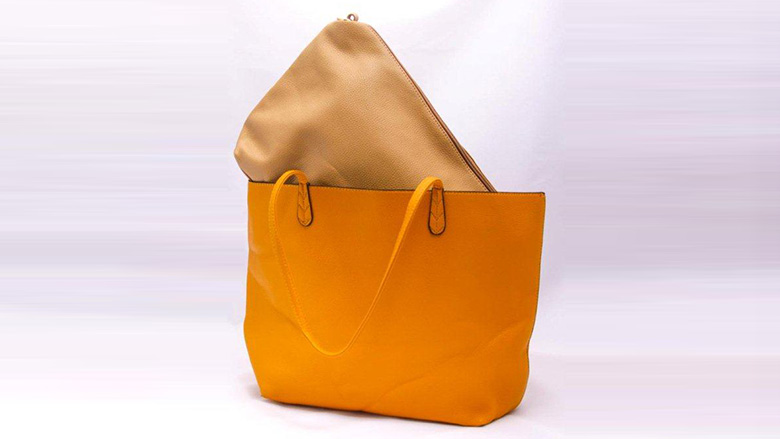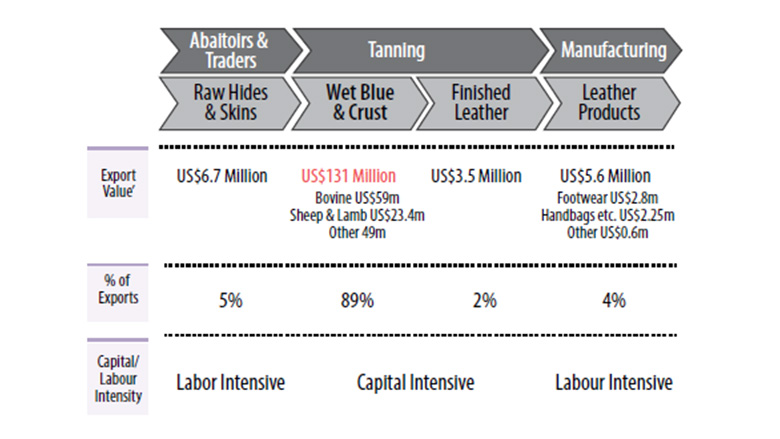“This report examines some of the key issues around developing the industry, such as the critical competitiveness challenges and opportunities, what the most promising leather products the country should focus on, and how support can be increased to upgrade exports, production, technology, marketing and branding of leather products,” Mogollon said. “The most important question is how Kenya can grow its leather industry, increase its competitiveness in leather and leather products, and boost exports and job creation.”
According to the report, there are a number of factors which currently hinder the growth of its leather industry. In the tanning sector, a major difficulty is the lack of quality effluent facilities, which increase the environmental and health costs associated with processing finished leather, the report notes. In the handbag and travel ware sector, whose target markets are high-end domestic and high-end exports markets, challenges include high cost and low availability of quality hides, scarce design and process skills, difficulties in accessing and understanding export markets, and insufficient availability of growth capital, according to the report.
In the footwear subsector, where the competition is largely domestic and based on price, Kenya’s market share has been eroded by imports of new low-cost leather footwear, mainly from China and India, as well as donated, second-hand footwear (mitumba). In Kenya, it can be as much as 30% more costly to produce a pair of low-cost men’s leather shoes in Kenya ($9.44) than in Ethiopia ($7.28).
Kenya’s lack of competitiveness in this sector results from the high cost of domestic leather and leather inputs (including 25% duty on imported inputs), lack of machinery and the low quality of final products, the report says.
The analysis suggests that the most promising targets for Kenya’s leather industry include: low value-added leather footwear, for domestic and regional markets; high value-added specialty products, targeting US and EU customers; and finished leather, targeting the Chinese and EU markets. The report proposes three key strategies for Kenya’s leather industry to grow, increase its competitiveness, jobs and income:
- Promotion of the dynamic restructuring of the leather industry. This entails the launch of a stakeholder-driven leather industry strategy implementation process; strengthening of the Kenya Leather Development Council (KLDC), and improvement of the regulatory framework to reduce production costs and safeguard the environment.
- Increasing access to markets and inducing greater demand for Kenyan leather & leather products. This requires creation of a leather marketing entity and a design of a transparent public procurement policy.
- Build quality and standards. This necessitates improvements of the production processes, formation of leather product development accelerators, a leather industry park, skills improvement, and increased enforcement of quality standards for imported leather products.

